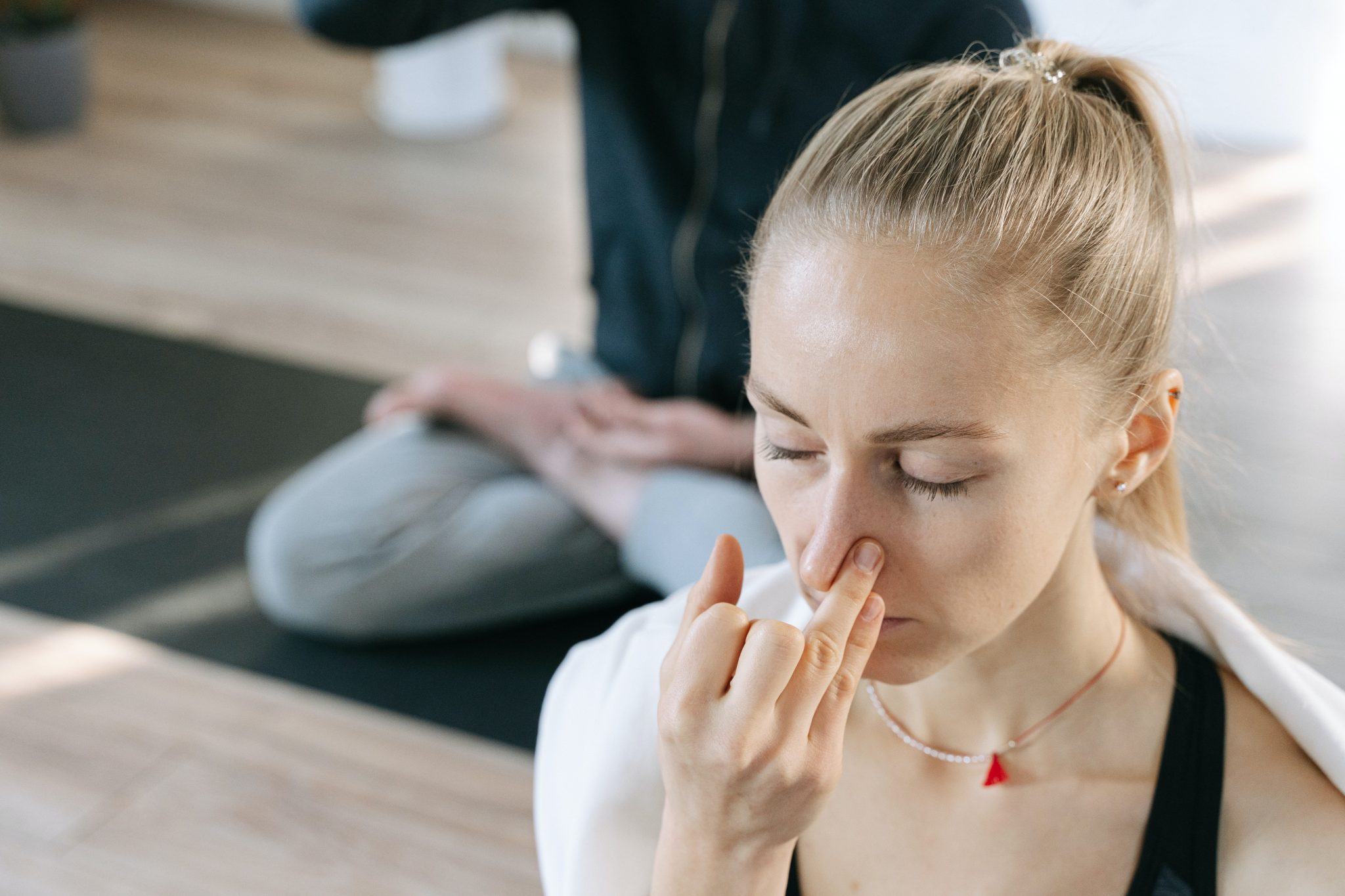Can You Prevent Spider Veins?
Have you started noticing spider veins on your face or legs and you’re wondering if there is any way to prevent more from forming? Or maybe you haven’t noticed any yet and you’re looking for preventative methods. Some of you may have even had spider veins treated and want to know how to keep new ones from developing in their place.
Some of the best ways to prevent spider veins are:
- Wearing sunscreen
- Staying active
- Maintaining a healthy weight
- Elevating your legs
- Wearing compression stockings or compression socks
These are just a few of the ways you can decrease the chances of developing spider veins. Do these preventative measures guarantee you won’t get spider veins? We’ll go over the answer as well as a more extensive list of ways to prevent these tiny little veins from appearing so you’ll have plenty of options to support your vein health.
Is it Possible to Prevent Spider Veins?
If you follow the vein care tips we’ll give you, will what guarantee that you won’t get spider veins? Unfortunately, no. You can reduce your chances of getting spider veins by practicing good habits but there are some reasons you can get spider veins that are not within your control.
Some risk factors for spider veins that aren’t due to your lifestyle are:
- Aging
- Genetics
- Gender
- Pregnancy
Aging makes you more prone to spider veins simply because your veins weaken over time.
Genetics play a large role in whether you’ll get spider veins. Nearly 90 percent of people who have spider veins also have other family members with them.
Gender is relevant to spider vein risk as women are more likely to get them than men.
Pregnancy puts added pressure on your leg veins due to the weight of the growing fetus which can cause spider veins. However, for some women, these spider veins dissipate after pregnancy.
Any of the above factors can increase your risk of spider veins so if they apply to you, there’s no way to guarantee that you can avoid getting spider veins no matter what you do. However, if any of the risk factors are relevant for you, following the recommendations below will give you the best chance to prevent spider veins.
Protect Your Skin
Since spider veins appear just below the surface of the skin, it makes sense that good skincare can be beneficial for your veins as well. Let’s consider how spider veins are caused: Weakened or damaged valves aren’t able to accommodate proper blood flow, then start to bulge and branch out into the recognizable spider web pattern we call spider veins. When they appear on the face, it is usually caused by tiny blood vessels that have burst.
Be gentle with your facial skin. Spider veins on the face are often caused by sun damage or pressure. Many of the ways we abuse our skin when we’re younger come back to remind us later. Harsh treatments, picking and squeezing the skin, and sunbathing can all be rough on the small blood vessels in your face. Use gentle pressure when applying skincare products and either use a moisturizer with added SPF or apply a layer of sunscreen over your moisturizer.
Use sunscreen not only on your face but on any body parts that will see the sun. When trying to prevent spider veins, the main focus will be on the face, legs, ankles, and feet. However, you should apply sun protection all over for many other reasons.
See a dermatologist to help you manage any underlying skin conditions that can lead to spider veins. Rosacea can contribute to spider veins so you should seek treatment to get this condition under control.
Promote Healthy Circulation
One of the best ways to care for your vein health is by helping support your blood circulation. When your veins become weakened or damaged, they can struggle to circulate blood properly which can lead to many of the complications we see with vein disease.
Wear compression stockings or compression socks to help compress your leg veins. They apply the firmest pressure at the ankles and the compression gradually decreases up the leg to below the knee. This helps keep blood from pooling in the lower legs so it can flow back up toward the heart. Medical compression stockings offer the firmest pressure and can be prescribed by your doctor.
Elevate your legs daily. You can help improve blood circulation in your legs by raising your legs above your heart each day. This helps keep blood from pooling in the veins and adding more pressure to already weakened veins. Doing this regularly can alleviate the fatigue and heaviness you may experience later in the day.
Exercise regularly to boost your circulation. Low-impact exercise is generally the best for preventing spider veins, since intense exercise may put additional pressure on the leg veins which can end up being counterproductive.
Avoid sitting or standing too long. Try to get up every 30-60 minutes to move your body, even if just for 5 minutes. Take a walk, use the restroom, complete a chore, etc. The idea is to just get up and get moving to get your blood circulating. You can set an alarm on your phone or use an app to help remind you when it’s time to move.
Wear loose, comfortable clothing. Other than specially designed compression stockings or socks, you should try avoid tight clothing, especially around the waist, pelvis, and legs. Clothing that is too tight in this areas can constrict your circulation and make you more prone to spider veins.
Decrease Pressure on Your Veins
In addition to the tips given above, there are some other things you can do to help reduce the pressure on your leg veins that can lead to spider veins.
Maintaining a healthy weight is beneficial to your overall health but is also an important part of a vein care regimen. Extra body weight puts additional pressure on the vein valves in your legs, making you more susceptible to vein conditions. Try to achieve a healthy weight to alleviate excess pressure on your veins.
Avoid excessive heat when possible. Heat can cause the leg veins to dilate and bulge which can lead to vein problems or exacerbate already existent spider veins. Use hot tubs and saunas in moderation and limit your time outside in extremely hot temperatures.
Summary
Now you know what causes spider veins and what lifestyle changes you can make to prevent or reduce the appearance of spider veins. Awareness of what makes you more susceptible to spider veins can help you make the changes you need to promote the health of your veins. As much as home treatments can help make spider veins less visible, they are not likely to eliminate the veins. If you have risk factors for spider veins, practice good vein care to lower your chances of getting them.
While a healthy diet and lifestyle are extremely helpful for decreasing the appearance of spider veins, it’s important to seek out professional care if the problem persists. If you’re experiencing symptoms from spider veins that don’t respond to diet and lifestyle changes, contact us today to book an appointment.





